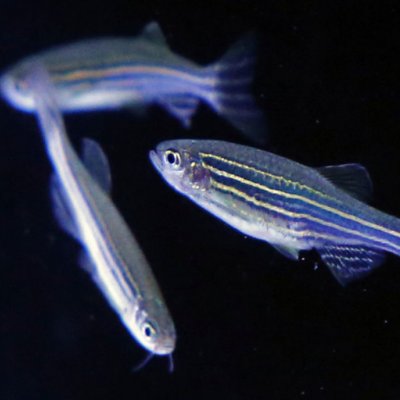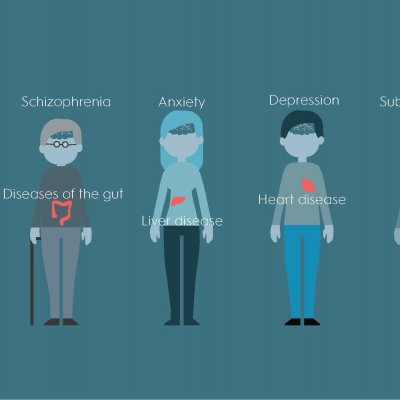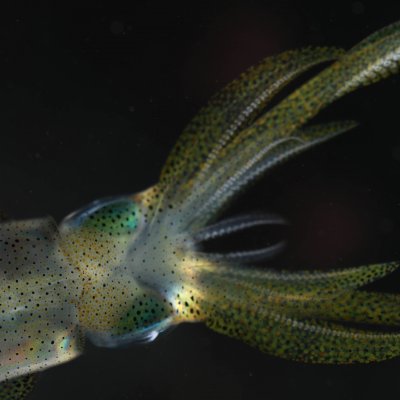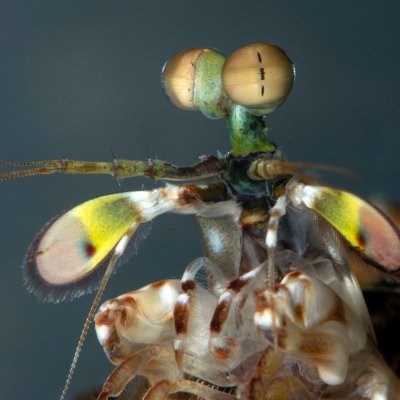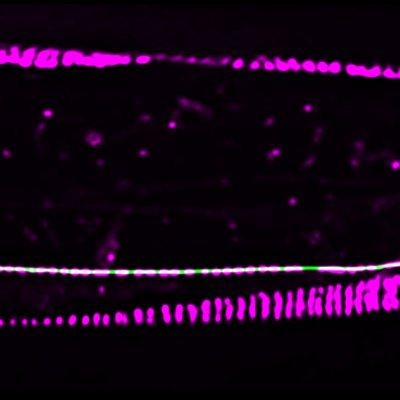A deficiency in vitamin D on the mother’s side could explain why autism spectrum disorder is three times more common in boys, say researchers from The University of Queensland.
11 December 2020A tiny fish is helping scientists understand how the human brain processes sound, while also giving insight to autism spectrum disorder.
10 November 2020Researchers now have the ability to map the risks of general medical conditions such as heart and lung diseases, diabetes and cancer for people with mental disorders.
30 April 2020Genetic variations in the skin can create a natural sunscreen, according to University of Queensland researchers investigating the genes linked with vitamin D.
2 April 2020We are closer to understanding the incredible ability of squid to instantly camouflage themselves thanks to research from The University of Queensland.
28 January 2020Pioneering discoveries about the ‘extraordinarily strange’ visual systems of shrimps - that could improve early detection of cancer - have been recognised with an international prize.
23 January 2020A way in which some connections between brain cells can resist degeneration – a hallmark of traumatic brain injuries and neurodegenerative diseases — has been discovered by researchers at The University of Queensland.
16 January 2020
